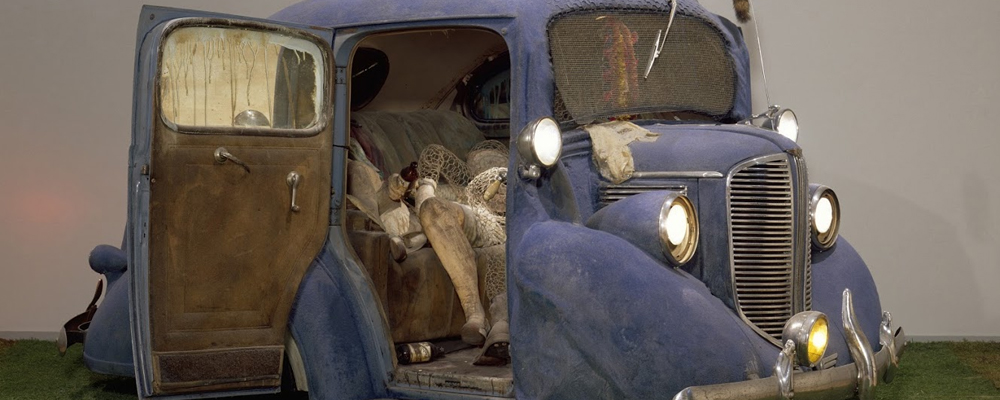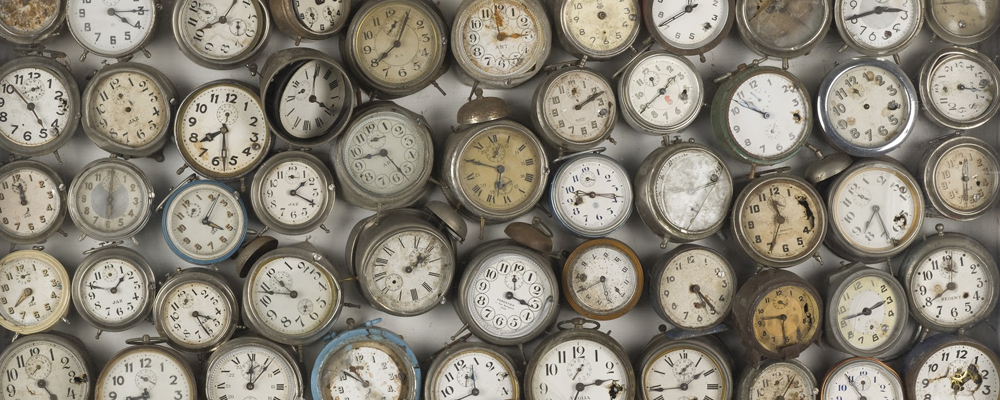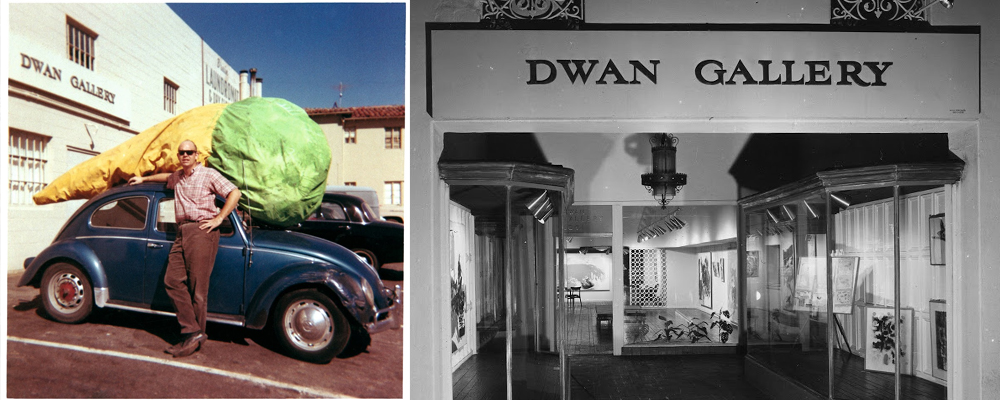LACMA Exhibit Rekindles the 1960s Flame of Virginia Dwan, Arts Patron and Gallery Owner
Steve Silkin
Ah, those were the days. Art mattered. Art was important. Art was revolutionary; art was enduring. Art was an expression of the culture. The old ways were fading, and a new generation was coming into bloom. It was the 1960s in Los Angeles, and Virginia Dwan was serving as both a patron and an exhibitor of the artists that were unknown then, but marquee names now.
She gets her due at LACMA’s show, “Los Angeles to New York: Dwan Gallery, 1959-1971,” through September at the Resnick Pavilion. The exhibit rekindles the fires she started in L.A., helping ignite those transition years, which introduced the West Coast to the Nouveau Realists of France and cultivated a slate of stars that included Ed Kienholz, Franz Kline, Claes Oldenberg and Robert Rauschenberg.
Dwan, now 85, founded her gallery in a modest space in Westwood but quickly moved to larger digs nearby. She then opened a New York gallery that would become famous for introducing her artists to the East Coast and provided a first platform for what are now the major tendencies in contemporary art – including minimalism, conceptual art and land art.
She was also a leading patron of monumental art, known as earthworks, and sponsored Robert Smithson’s famous “Spiral Jetty” as well as “Double Negative” by Michael Heizer, whose “Levitated Mass” is a recent addition to Lacma’s grounds: the giant boulder on the Sixth Street side.
But she was ephemeral. The Los Angeles gallery closed in the late 1960s, the New York site in ’71. “Whatever happened to Virginia Dwan?” is a question asked by former Washington Post art critic Jessica Dawson. Well, Dwan was competing to represent the same artists that Irving Blum was courting. While some saw it as a friendly rivalry – they would commiserate over the lack of love the West Coast got from the art world – Blum was concerned that as an heiress to the 3M fortune, she could outspend him and outclass him. But his Ferus Gallery and its brash, macho LA artists (one exhibit was even called “The Studs”) thrived, while Dwan Gallery and its more cosmopolitan sensibility faded amid the owner’s lack of interest in the business side – she left the deal-making to her staff. LACMA brings her out from obscurity so that audiences can appreciate one of the women who left her mark in a largely male-dominated 20th- century art world.
“Los Angeles to New York: Dwan Gallery, 1959-1971” is March 19 – Sept. 10 at LACMA’s Resnick Pavilion. General admission tickets for the museum are available here.



